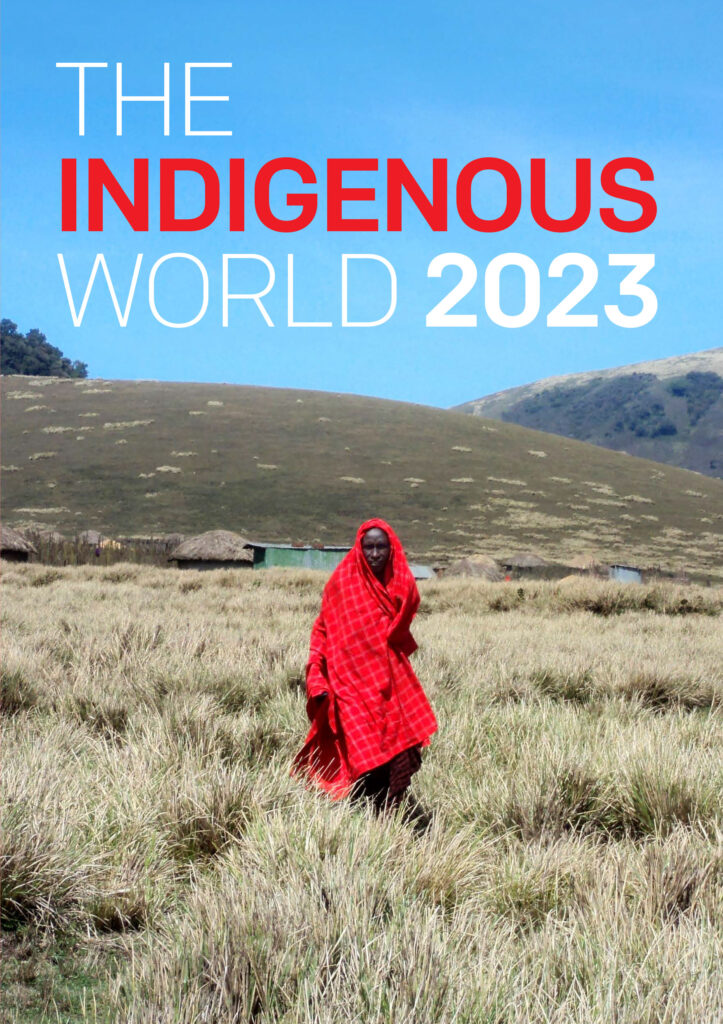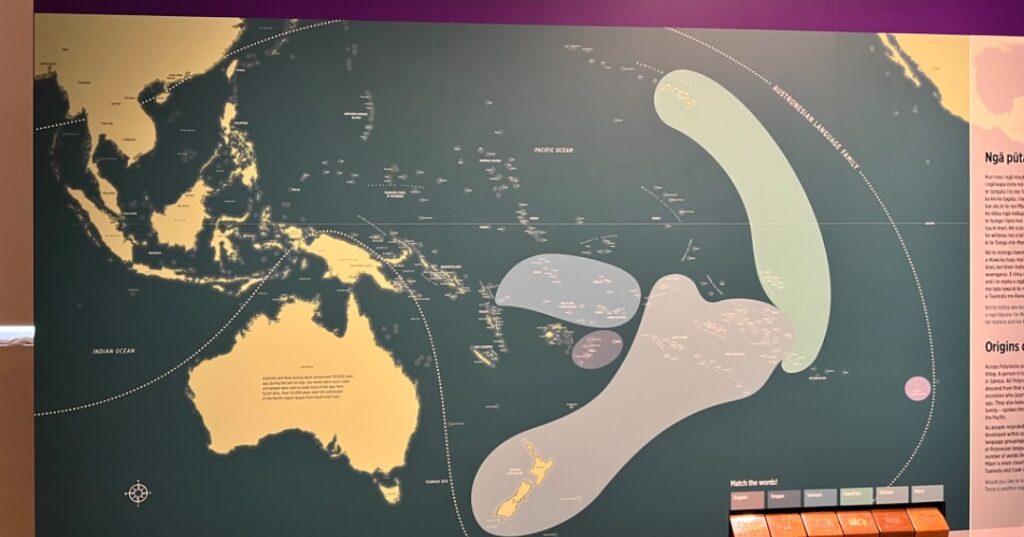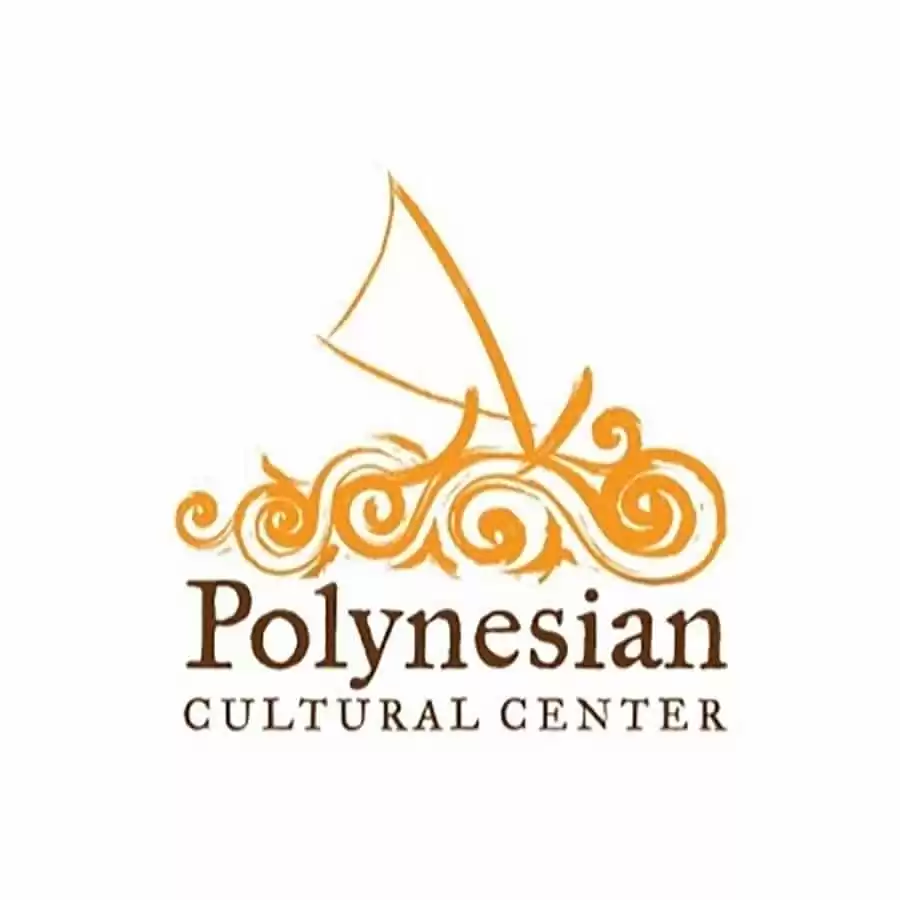Indigenous People

Robin and I have found “Indigenous People” or “First Peoples” to be an imortant educational learning experience as we have traveled the globe. Growing up in America, I knew very little about Indigenous People other than what I might have learned about American Indians from “Cowboy and Indian” movies. Clearly, this was not providing a sound education about Indigenous People around the World, let alone in the Americas.
Traveling the world has taught us alot about first peoples. But, sadly it has only opened the book for us on learning about Indigenous People. This 700+ ebook published by the United Nations is providing additional education.
Another book that I am currently reading is “Guns, Germs and Steel” by Jared Diamond . As a well accomplished anthropologist, he does an excellent job of dispelling the myth that Indigenous People are not as smart as their “Conquistadors”.
Our Visits to Indigenous People Around the World
Coming from the United States, clearly there was a lot to learn in our own country and around the world. Here in the US, we traveled to South Dakota, Arizona, Alaska, Hawaii, Florida and the Cherokee Nation of Carolina and Oklahoma. We learned a lot. (Check out the First Peoples articles in the the underlined linked states. Cherokee Nation is still to be developed).
This full article is still under development. See Canada , New Zealand , Australia , Panama, and French Polynesia Post for some additional information about First Peoples around the Globe.
Overall Treatment of Indigenous People Around the World
One thing we have noticed is there is a general disparity or how First Peoples are treated around the world. With the exception of New Zealand, we found that most of the English colonial states, still treat the Indigenous People as second class citizens. The United States, Canada, and Australia are all trying to do a better job, but they don’t provide the public recognition and acceptance that is apparent in New Zealand. Perhaps this is because of the relative size of the Indigenous populatoin in each country, or other reasons. We will explore the differences.
The other big difference are the techniques that were used in each of these countries to get the Indigenous People to accept the european cultures and religions. We won’t get into the details here, but it is truly a sad point in each counties history regarding the techniques that were taken to separate the first people from their cultures and beliefs. We also raise the question, why these techniques did not work as well in the Asian nations.
Backgrounds of Different Indigenous Cultures
First, we will share what we learned in each place we visited, and then get into the difficult questions that we raised.
Polynesian People
The Polynesian people may be the most interesting of all the indigenous peoples because they covered so much territory. The map below shows just how big their influence is.

From New Zealand on the Western side to Easter Island on the Eastern side, Hawaii on the north and French Polynesia on the south they occupied an enormous number of islands in the Pacific Ocean. Their navigational skills following the stars were key to how they were able to reach so many different places. One of the great places to learn about the Polynesian People is the Polynesian Center on Oahu in Hawaii.
How these people were treated once the Europeans and Americans reached these islands is in most cases a sad story. While fairly similar in most places, after a brief time of cooperation, eventually war would break out. Then, after losing most of the battles, the natives were normally forced to accept a foreign takeover.
Today, the Maori in New Zealand are treated more like equals. However, the path to cooperation was not without a lot of fighting and other challenges. For more details see our article on New Zealand.
Indigenous People in the United States
In the United States, several bills have been introduced in Congress seeking to provide reparations for Indigenous People. These bills seek to provide restitution for the long-term damage caused by colonialism and the broken treaties that followed. They also seek to provide access to education and healthcare, and to recognize Indigenous rights and culture. Over the years, the US has tried various forms of reparations. This has included giving the tribes land grants and independent governing authority. The unique privileges that tribes were given to build and operate casinos on their lands has been successful. It is addressing the life expectancy, education and other differences that the Indigenous People had suffered.
The Poverty and Race Research Action Council, has some interesting articles on this topic.
Indigenous People in Canada
In Canada, the government has taken steps to recognize the wrongs done to Indigenous People and to make amends. In 2016, the government launched the Truth and Reconciliation Commission.
Their job was tasked with examining the history of Indigenous People in Canada. The commission made 94 calls to action, which include measures to provide reparations for communities where children were taken from their families and forced into Catholic schools for essential cultural change. These measures include financial compensation, land restitution, and access to education and healthcare. Canada is following through with payments including to individuals who participated in a legal suit against the government. The Catholic Church had also committed to fund these reparations, but so far is behind in raising the necessary funds.
Indigenous People in Panama
There are seven different groups of Indigenous people living in Panama today. During two different visits to the country we spent time with the Kuna and the Embera. They are very friendly people and they add very much to the culture of hthe country. They make up 12% of the population. And 65% of the population have some indigenous genes, which is very high for any country. As a result, much like New Zealand, the indigenous people are treated with respect in the country.
Indigenous People in New Zealand
In New Zealand, reparations are more than just a political issue. It is also a legal issue since statements for protecting the Māori lands were made in the 1840 Treaty of Waitangi (see New Zealand and the Museums posts for more information about the treaty). The problem is that there are different interpretations of the commitment to protect land ownership in the English and Māori versions of the treaty. New Zealand has begun reparations. However, the governing principle is that the reparations are to the tribe and not to individual people. This principle is generally followed in other countries when land ownership is the issue.
Indigenous People in Australia
In Australia, there is a similar problem as with Canada, where children were forcibly taken from their families to become acculturated. In 2021, the Prime Minister announced that roughly 380 million Australian Dollars would be set aside to compensate descendants of those wronged. For more about the Aboriginal People please see the Australia Post (currently under development).
The debate about reparations for Indigenous People is complex and contentious. There are those who argue that reparations are necessary to right the wrongs of the past and to provide a measure of justice to Indigenous people. There are also those who argue that reparations are not a viable solution and that they will not address the underlying issues of colonialism and oppression.
Asian Countries and Their First People
We found it very interesting that in all the countries we visited in Asia (Japan, Singapore, Indonesia, Thailand, Philipines, Vietnam and Cambodia) attempts to colonize them were not as successful as in other places we visited. Okay, many of these countries did have European dominance for some significant time: The French in Indochina, The Portugese in Thailand, The Spanish in the Philipines, The Dutch in Indonesia, The British in Singapore, etc. Also the Chinese presence in almost all these countries has been very real. But, what we see is that the Asian countries today are very independent. The former colonizers are not well respected in these countires. For example, in Indochina the French are not well thought of at all.
So why did the European influence in places like the United States, Canada, The Caribbean, French Polynesia, New Zealand and Australia have such an impact in introducing European beliefs on First Peoples cultures and religions, but not so much in Asia?
We have pondered this question. What we have come to believe is that the Buddhist and Hindu religious practices are much stronger in uniting the First Peoples of the Asian Countries than the Polynesian, Aboriginal and American Indian First Peoples cultures .
Reparations for Indigenous People
The following is an article about reparations for the First Peoples in different countries. This is not an article about reparations for slavery descendants. We believe these are two different subjects.
The debate about reparations for Indigenous Peoples has been ongoing for centuries. Indigenous Peoples have suffered displacement, genocide and cultural oppression at the hands of colonial powers and their descendants. In recent years, the conversation about reparations has shifted from one of guilt and retribution to one of restitution and healing.
The concept of reparations for Indigenous Peoples is rooted in the idea of restoring what was taken from them. It includes both material compensation and symbolic recognition of the wrongs they have suffered. This could include financial payments, land restitution, access to education and healthcare, and the recognition of Indigenous rights and culture.
Role of Missionaries
The missionaries who led the attempts to convert Indigenous Peoples were able to convince the First Peoples that they needed to change. This may be because their religious practices were not as well ingrained as with the Asian communities. However, there were few arguments for converting the First People who were Buddhist or Hindu because those religous and cultural practices were much more aligned with Western Christian and Muslim beliefs. For example, it was easy to convince Indigenous Peoples who practiced human sacrifice or polygamy that these were not good practices. And it made more sense for their leaders to adopt to the Western beliefs.
We don’t know if our observations are 100% percent correct. So we encourage our readers to comment and share your own thoughts on this subject.



